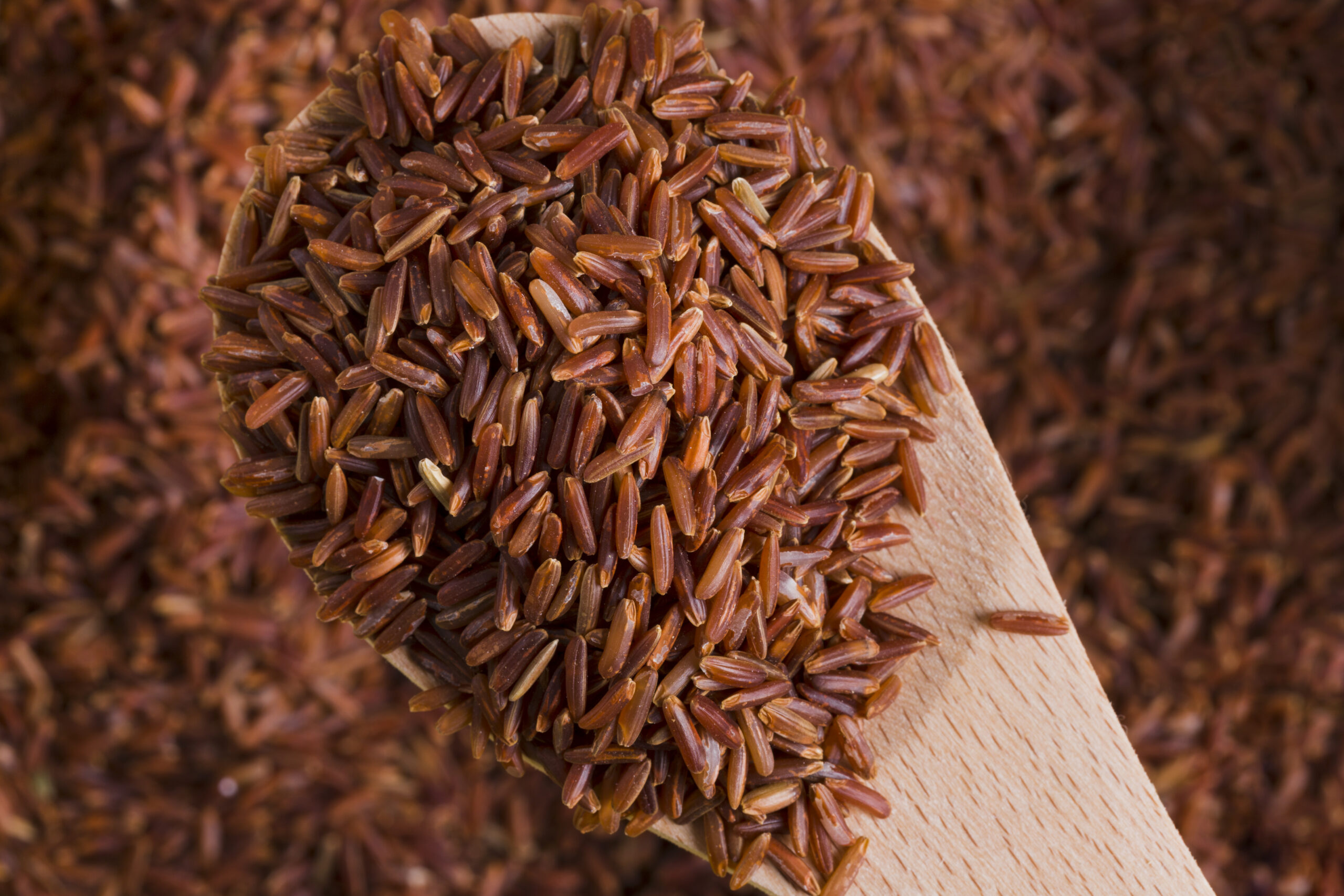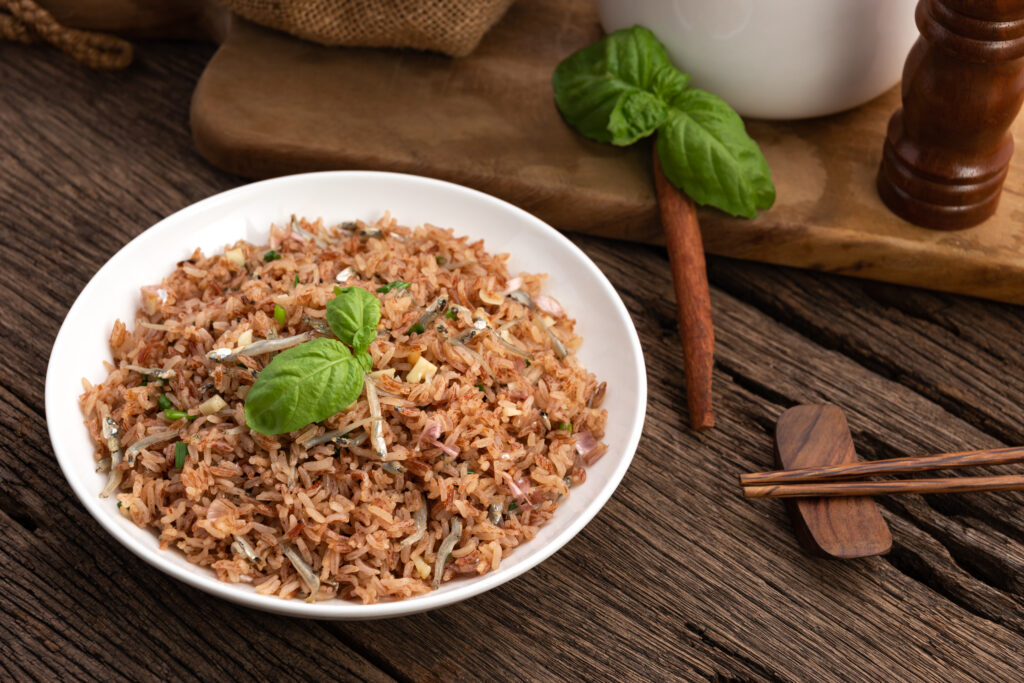Test Your Summer Knowledge with These 50 Fun Trivia Questions


Whole rice, often known as brown rice, is a nutritious whole grain that provides long lasting energy and a rich supply of vitamins, minerals and fiber. Unlike white rice, which has had the bran and germ removed, whole rice retains all its natural layers and offers significantly more health benefits. Understanding whole rice nutrition facts can help you appreciate why this grain is a valuable part of a balanced diet and how easily it can be added to everyday meals.

A one cup serving of cooked whole rice typically contains about 215 calories. It is naturally high in complex carbohydrates and dietary fiber, making it a filling and nutrient dense food.
Carbohydrates: 45 grams
Dietary Fiber: 3.5 grams
Protein: 5 grams
Fat: 1.8 grams
Natural Sugars: less than 1 gram
Whole rice contains complex carbohydrates that digest slowly, providing steady energy throughout the day. Its fiber content supports digestive health and helps improve satiety.
Whole rice contains essential micronutrients such as magnesium, phosphorus, selenium, manganese and B vitamins. Magnesium supports muscle and nerve function. Phosphorus helps with bone strength. Selenium contributes to antioxidant protection. Manganese supports metabolism and bone development, while B vitamins help convert food into usable energy.
Whole rice is rich in dietary fiber, which supports regular bowel movements and promotes a healthy gut environment. It is gentle on the stomach and suitable for people with sensitive digestion.
The fiber, antioxidants and magnesium in whole rice all contribute to cardiovascular wellness. Fiber helps reduce LDL cholesterol, and magnesium supports normal blood pressure.
Whole rice is made up of slow digesting complex carbohydrates. This allows it to provide a steady and consistent energy supply, making it beneficial for athletes, students and busy individuals.
Fiber rich foods like whole rice can help promote fullness and prevent overeating. It is a satisfying base for meals and fits well into balanced eating patterns.
Whole rice is incredibly versatile and pairs well with vegetables, proteins and a variety of seasonings. Below are four easy recipes you can prepare using cooked whole rice.
Sauté mixed vegetables in olive oil until tender. Add the cooked whole rice and stir well. Season with salt and pepper. Serve warm as a nutritious and simple meal.

Mix the cooked whole rice with lemon juice and zest. Gently fold in the fresh herbs. This refreshing dish pairs well with grilled chicken or fish.
Scramble the egg and set it aside. Sauté vegetables until lightly cooked, then add the cooked whole rice and soy sauce. Stir in the scrambled egg and combine well for a quick and flavorful meal.

Combine rice, milk and sweetener in a pot. Cook on low heat until thick and creamy. Add cinnamon and serve warm. This comforting dessert has a rich texture thanks to whole rice.
Whole rice is a nutrient dense, versatile grain that fits easily into a healthy eating routine. With its impressive nutritional profile and its ability to work in both savory and sweet dishes, it makes a delicious and dependable addition to everyday meals. Whether enjoyed in bowls, stir fries, refreshing sides or cozy desserts, whole rice supports overall wellness in a simple and satisfying way